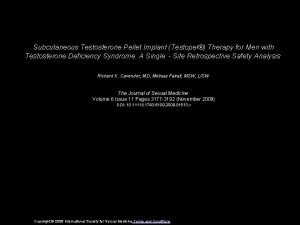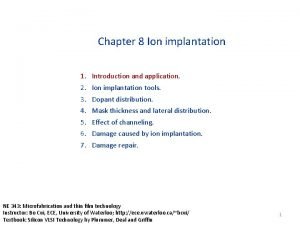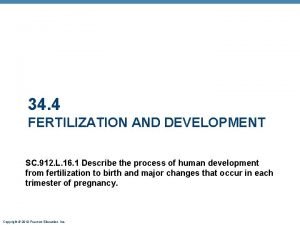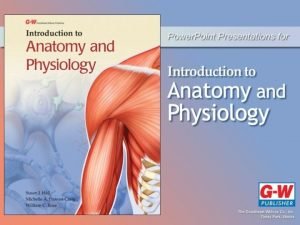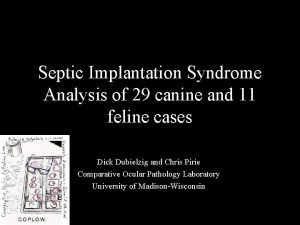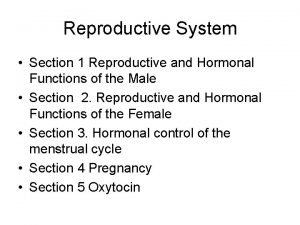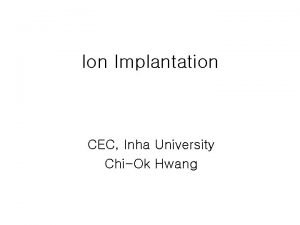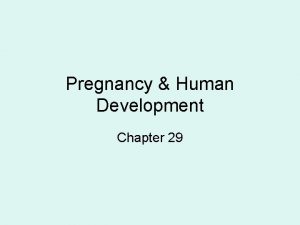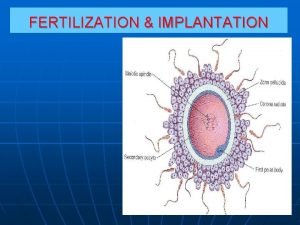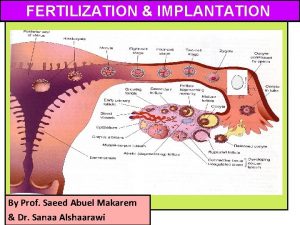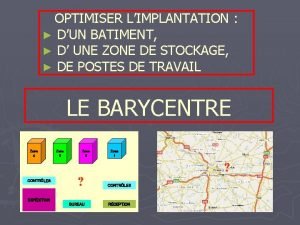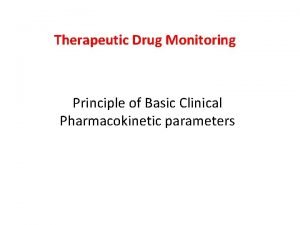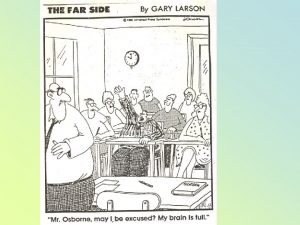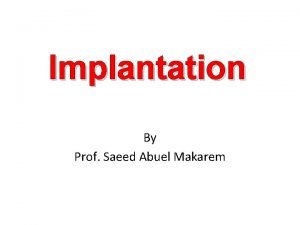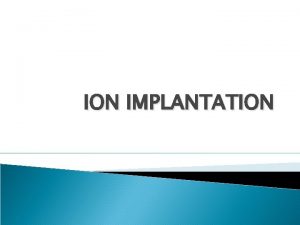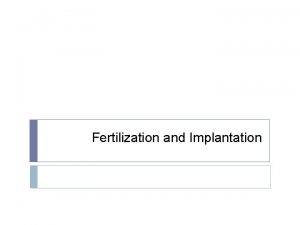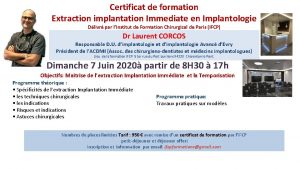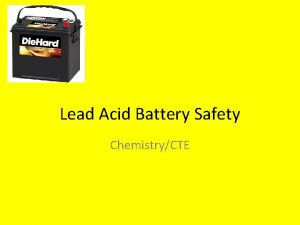Safety of Lead Extraction After Decades of Implantation
































- Slides: 32

Safety of Lead Extraction After Decades of Implantation Alpay Çeliker M. D. Acıbadem University, Istanbul

15 year old boy with postoperative AV block. VDD pacemaker. Needs biventricular pacing. What to do? ? ?

17 year old boy with postop FT. One abandoned TV lead. History of fever

Complications of Pacing System • Infection; ▫ Superficial, deep pocket ▫ Lead ▫ Endocarditis • Lead malfunction ▫ Fracture ▫ Insulation & other problems • Venous occlusion • Damage to cardiovascular system

Lead Malfunction • Compromised pacing ▫ Failure to capture, high threshold ▫ Extra-cardiac stimulation • Compromised sensing ▫ Under-oversensing ▫ Lead-lead interaction • Electrical Abnormality ▫ Abnormal pacing impedance ▫ Abnormal high voltage impedance ▫ Low-amplitude electrogram

Lead Malfunction: Treatment • Lead surgically abandoned or capped • Lead electrically abandoned (mode change) • Lead explanted/repaired • Device reprogrammed (polarity) • Lead related intervention: reposition, partially abandone

Factors to Consider • Patient ▫ Pacemaker dependence ▫ Patient prognosis ▫ Risk of revision/replacement procedure • Lead ▫ Malfunction characteristics ▫ Adverse clinical consequencce ▫ Availability of reporogramming

Lead Extraction in Children. Why? • Remove the intravascular and intracardiac lead material • Relieve and reconstruct the venous access for the new leads • Prevent lead related infection

Indications • Class I: ▫ ▫ a: CIED infection b: Life-threatening arrhythmia c: Life threatening condition d: Thromboembolic event caused by retained lead ▫ Obliteration of all useable veins ▫ Lead interfereres with the operation of another device

Procedure • Basic lab tests and crossmatch for blood should be obtained • All x-rays related with pacemaker and leads must be evaluated • Arterial and venous catheters for BP monitor and fluid supply • Anesthesia

Lead Extraction Methods • Simple traction • Snares ▫ Needles eye, Goose neck • Lead locking devices ▫ Cook, Spectranetrics • Laser sheaths • Radiofrequency sheaths • Rotating sheaths

Common Areas of Fibrosis

Expanded Compressed Lead Locking Device • Types of locking devices • Cook • Spectranetrics • Vascoextor • Limitations of usage • Broken conducture • Distortion of central lumen

Telescopic Sheaths • Locking stylet needed • Made from metal, teflon or propylene

Laser Sheaths 12 -16 F sizes available

Electrosurgical Dissection Sheath & Generator Bipolar Radiopaque Electrodes Outer Sheath Teflon Inner Sheath

Rotating Sheaths Ayman et al. Heart Rhythm 20101 41 leads in 29 patients Success alone 77% Needs femoral WU in two cases. Oto et al. Europace 2011 41 leads in 23 patients Success alone 82% Needs femoral WU four patients ** Wrapping of coexistent leads may pose a problem Rotational mechanism Stainless-steel blade tip

Snares, Sheaths & Baskets

Definition of Success Complete Success - Removal of all lead material from the vascular space. Partial Success - Removal of all but a small portion of the lead. Failure – Abandoning a significant length of lead (more than 4 cm)

Classification of Complications • Major Complication ▫ Death ▫ Cardiac or vascular avulsion or tear ▫ Pulmonary embolism ▫ Stroke • Minor Complication ▫ Pericardial effusion or hemothorax ▫ Vascular repair need ▫ Pneumothorax requiring a chest tube ▫ Pulmonary embolism not requiring surgical intervention

Pacing System Infection: Treatment Choices • Intervention − Small vegetations − Strand formation − Lead amenable to extraction • Surgery −Large vegetations (> 10 mm) −Abcess formation −Broken lead −Abandoned old leads −Concomitant surgery need

Lead Problem Lead fracture Upgrade Infection Dislodgement Other reasons n 14 8 7 5 5



Excimer-laser extraction in children • • 25 patients, 43 leads (36 pacing/7 ICD leads) Median age at extraction 13, 9 years (8, 4 -29, 2) Mean duration of lead 49, 4 months (3 -128) Lead fracture 37/43 leads (86, 6%) Lead position: Ventricular 58%, atrial 42% Complete removal 39/43 (91%), partial in four Major complication 2/25 ▫ Cardiac perforation and tamponade ▫ Thrombosis of left subclavian and innominate vein Moak J et al. PACE 2006.

LEAD EXTRACTION WITH SEVERAL METHODS Cecchin et al. Circ Arrhythm Electrophysiol. 2010.

• Unsuccessfull Simple Extraction: ▫ older lead age ▫ lead in the ventricular position ▫ polyurethane lead insulation

Surgery for Lead Problems • Infection • Lead can not be explanted by interventional methods • Lead should not be explanted by interventional methods • Concomitant surgery need

New Problems !!! • • • Coronary sinus leads ICD leads Lumenless electrodes Multipl leads Venous obstruction Tricuspid valve impingement


Conclusions • Lead problems is relatively more frequent than in adult population • Lead extraction results in children are comparable with the adult series • Newer techniques may offer more success and less complications. • Surgery may be needed infrequently. • Technologic improvement at epicardial and transvenous pacing may lower the incidence of lead problems.

S e v a t e h d e t a
 After me after me after me
After me after me after me After me after me after me
After me after me after me Decades project examples
Decades project examples Last decades art
Last decades art One step forward two decades back
One step forward two decades back What does a testosterone pellet look like
What does a testosterone pellet look like Ion implantation
Ion implantation 3 week embryo
3 week embryo Lesson 15.4 ovulation fertilization and implantation
Lesson 15.4 ovulation fertilization and implantation Pickwickian syndrome in dogs
Pickwickian syndrome in dogs Physiological function of estrogen
Physiological function of estrogen Implantation verticale et horizontale
Implantation verticale et horizontale Meryem berrak
Meryem berrak Ion implantation
Ion implantation Implantation
Implantation Hormone levels during pregnancy
Hormone levels during pregnancy Menstruation during pregnancy symptoms
Menstruation during pregnancy symptoms Grand rendez-vous sst
Grand rendez-vous sst Implantation
Implantation Implantation
Implantation Implantation batiment methode
Implantation batiment methode The perverse implantation summary
The perverse implantation summary Lead magnesium niobate/lead titanate
Lead magnesium niobate/lead titanate Where do you activate the four shades function for the encs
Where do you activate the four shades function for the encs Safety care certification
Safety care certification Personal safety vs process safety
Personal safety vs process safety Ind safety report
Ind safety report Basic safety orientation
Basic safety orientation Construction site safety orientation
Construction site safety orientation Vacuum extraction definition
Vacuum extraction definition Trans brushing teeth
Trans brushing teeth Linear pharmacokinetics
Linear pharmacokinetics Thar sfe
Thar sfe





